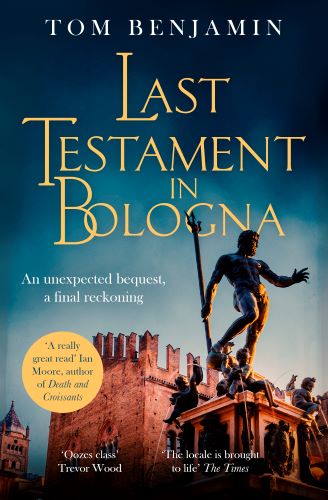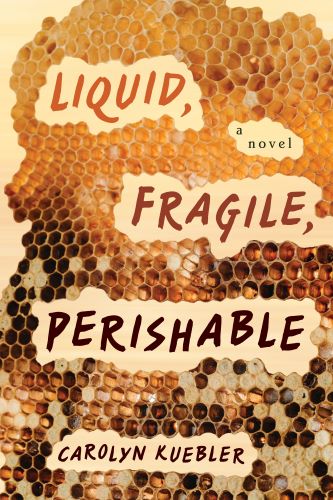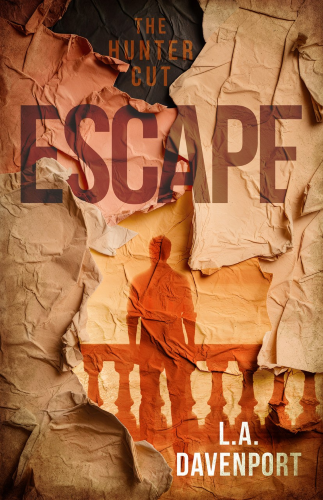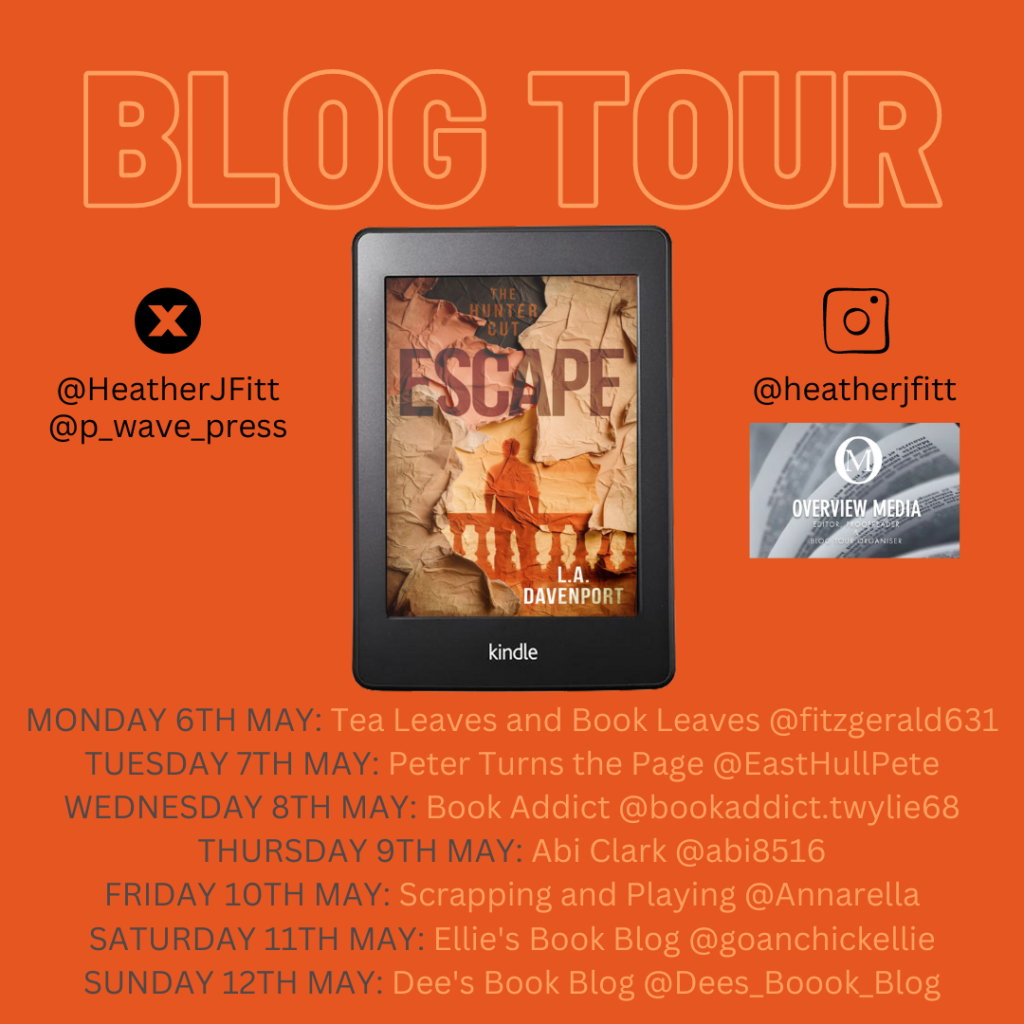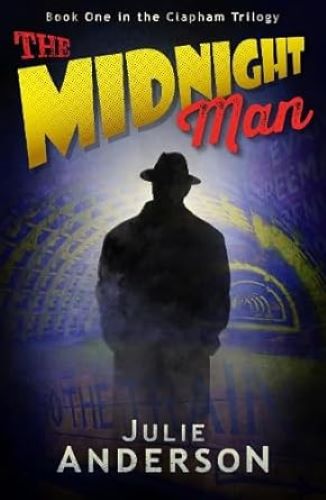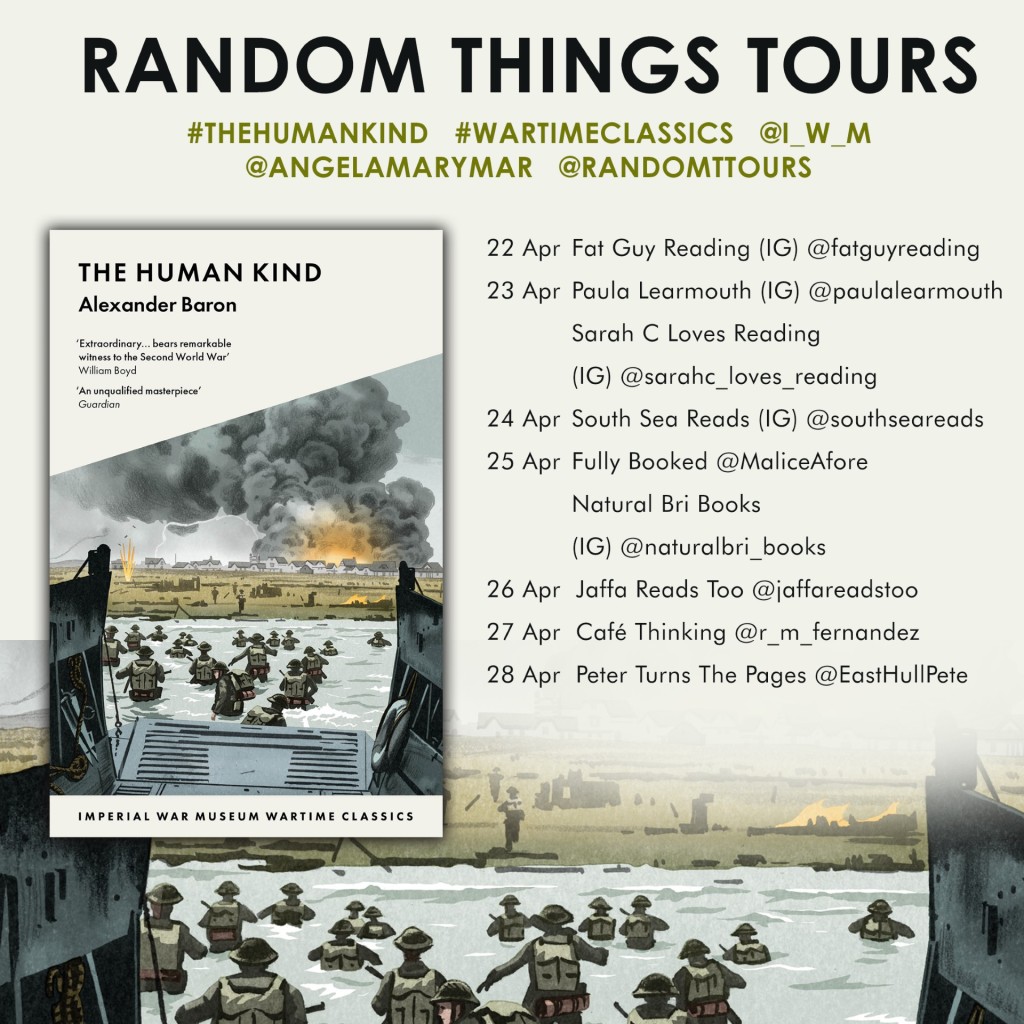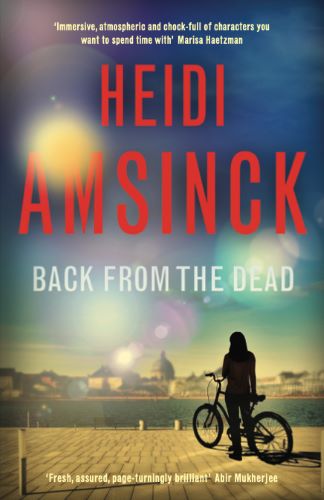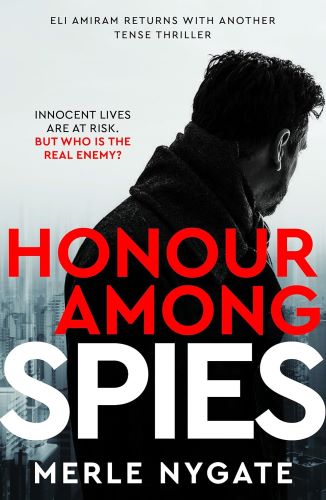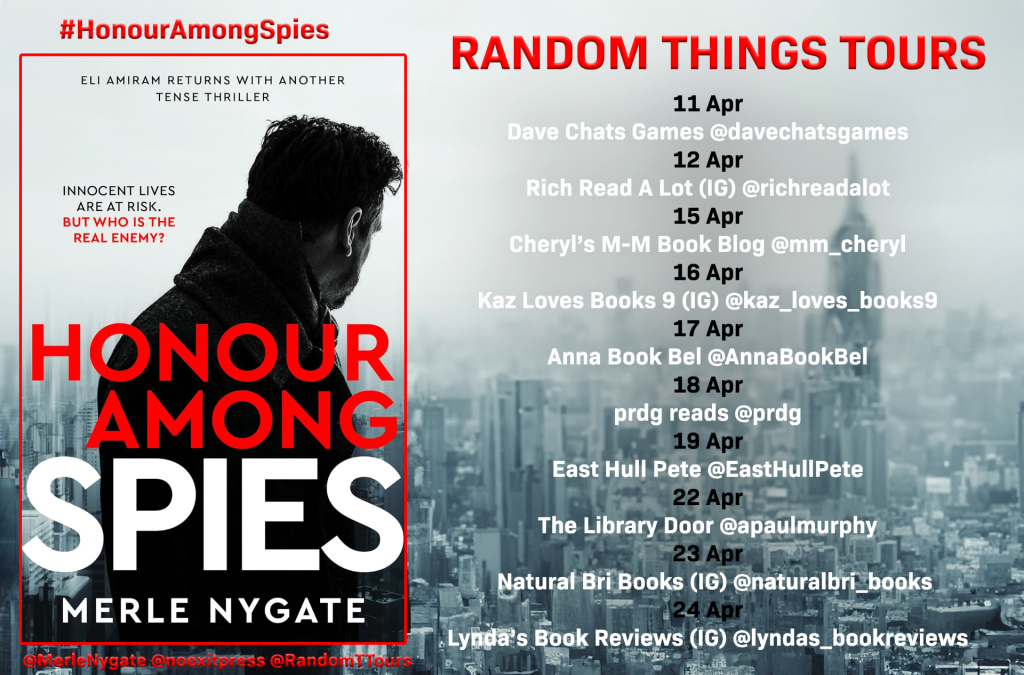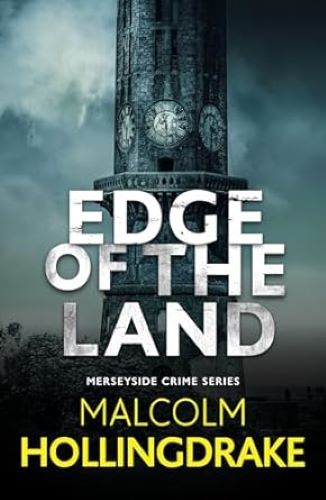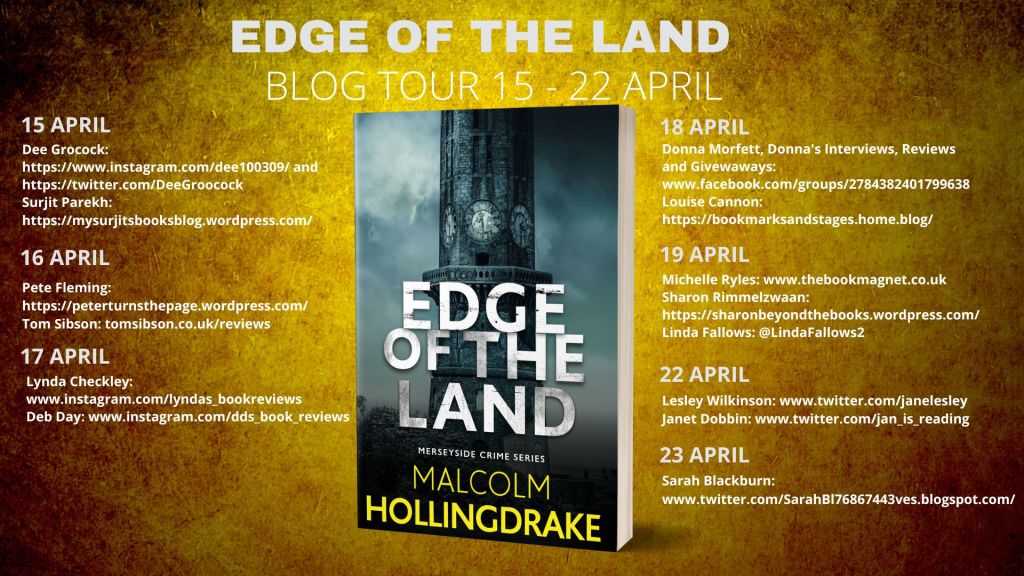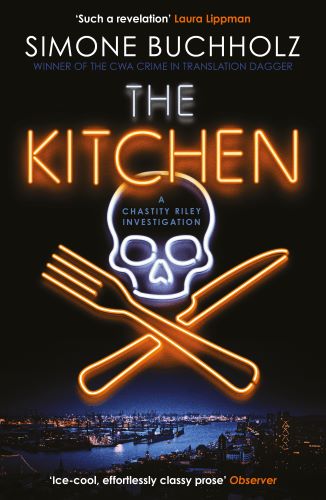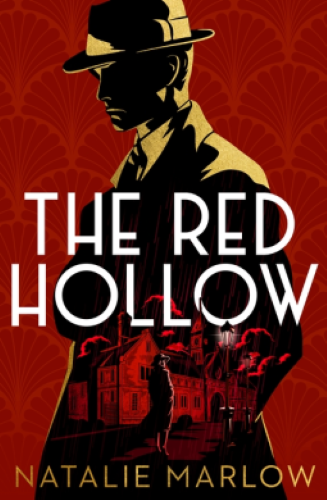By Tom Benjamin https://www.tombenjamin.com/ @Tombenjaminsays
Published by Constable https://www.littlebrown.co.uk/imprint/constable/page/lbbg-imprint-constable/ (an imprint of Little, Brown Book Group https://www.littlebrown.co.uk/ @LittleBrownUK)
294 pages ISBN 9781408715574
Publication date 2 May 2024
Last Testament in Bologna is the fifth book in the Daniel Leicester series.
I was sent a paperback copy to enable me to take part in this Blog Tour. I would like to thank Anne at Random Things Tours @RandomTTours for the invitation to participate and of course the Author and Publisher.
The cover
A very simple but straightforward cover that shouts out Renaissance Italy. It’s the Fountain of Neptune in Piazza del Nettuno that dates from 1566 and shows the bronze statue of Neptune himself. When you can use picture like this to capture the setting of your novel why choose anything else? It’s simply fabulous.
My review
A strange request in a last will and testament of Giorgio Chiesa leads to a most unusual request of Faidate Investigations. The deceased was an engineer specialising in automotives, whose brilliant invention was stolen and patented by his nemesis and arch-rival. His bequest is a third of his estate to investigate the circumstances of the death of his son Niki in a car crash. People die every day in road traffic accidents, but Niki was an expert driver, destined to be one of the greats of Formula 1, whose car simply left the road. Giorgio never believed it was an accident or suicide. He took his conviction, that it was murder, to his deathbed and his dying wish was for this to be proved posthumously, as a tribute to Niki. This conviction was strengthened by the fact that at his death Niki was employed as a racing driver by Giorgio’s great rival, Massimiliano (Max) Molinari.
‘Comandante’ Giovanni Faidate agrees to fulfil the terms of this legacy to the best of their ability, but as he is heading off to hospital for a hip replacement it will fall to his son in law Daniel Leicester to do the bulk of the investigative work. An assignment that will see him rubbing shoulders with the super wealthy and the criminal classes.
Mention Italy and thoughts that come to mind are fine food and wine, fabulous art and architecture, and very fast cars (though in the 70s and 80s they made plenty of rust buckets). If you do think like this, you are not going to be disappointed, as they all figure to some degree.
Anyone who has experienced the Italy that found away from the coastal sun traps of Sorrento and Rimini, will be captivated by the setting and appreciate the author’s fondness for the city. To counterpoint the glamour of the motor racing world we see the ordinary and mundane of urban life in a city rich in history. The cafes are not those of ‘café society’ but normal places where workers stop for a coffee or breakfast before work, something slightly alien to the British, but just a way of life in Southern Europe. This is captured so well that it had be thinking to my working visits to Livorno. Daniel’s daughter Rose is learning to drive, adding to the driving theme and the descriptions of life on Italy’s road rang so true. On one visit to our surprise, we were driven through a red light to which our driver remarked in the UK it is a command to stop, in Italy it is more of a suggestion!
The plot centres on discovering if Niki was murdered but ends up unearthing much more. Car lovers will love the descriptions of the supercars and the racing at Imola, with the ghosts of the past still there. The spirit of the days when Niki Lauda took on James Hunt are evoked, when Grand Prix were more like a chivalric joust, a contest of man more than machine, which at the time were seen as more fun but were reckless and infinitely more dangerous. Naturally a with such a setting the novel needs to work through the gears until it reaches top speed which it does with aplomb on the track and in the case.
The crimes uncovered are dark but certainly believable. Great wealth is rarely accumulated quickly by entirely fair means entirely. The love of money stimulates greed, the desire for more that leaves the rest of us wondering just how much is enough. There is also as sense that when you can afford anything you want it all becomes a little bit boring and you want the things you can’t buy or acquire.
Organised crime rears its ugly head, and the criminals are suitably nasty. There is jeopardy and danger with a side order of violence, which doesn’t always come from where one might expect it, as we build up to a satisfying conclusion.
Another key aspect of Italian life is the family and at Faidate Investigations they are one big family that live together. If they are not directly related, they are cousins or quickly subsumed as a ‘cousin’. This brings some lovely interactions and the human touch, such as Rose’s little secret that everyone knows apart from her father. There is care and concern as family members sort out their problems together which are touchingly portrayed as Giovanni’s hospital stay throws up complications and Dolores’ drops a bombshell from her past.
In Last Testament in Bologna the glamour and opulence of the super-rich collide with crime and skulduggery on a Formula 1 race track.
Last Testament in Bologna can be purchased via the publisher’s website here
The author

Tom Benjamin grew up in the suburbs of north London and began his working life as a journalist before becoming a spokesman for Scotland Yard. He later moved into public health, where he led drugs awareness programme FRANK. He now lives in Bologna.
Don’t forget to check out the other great reviews on this blog tour:

